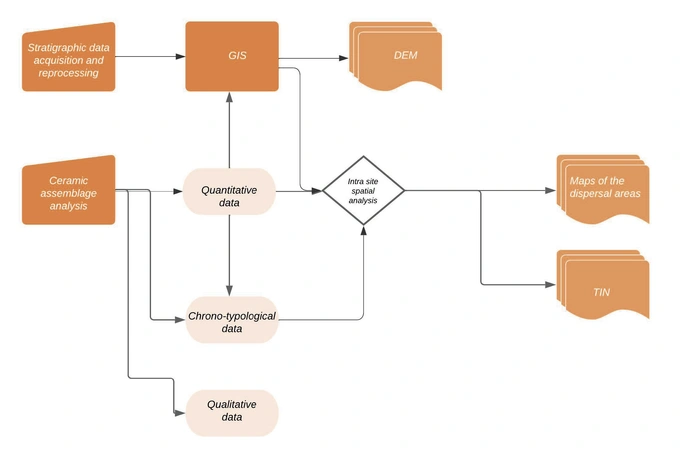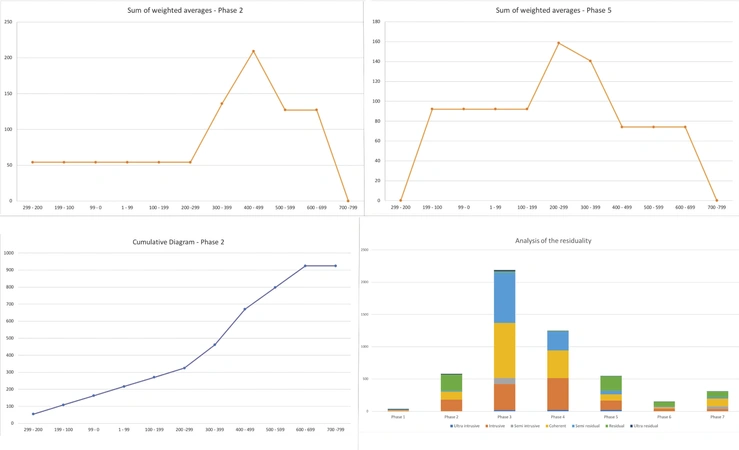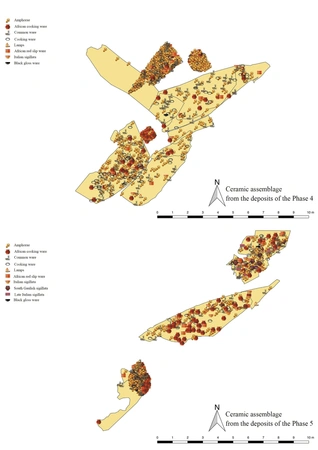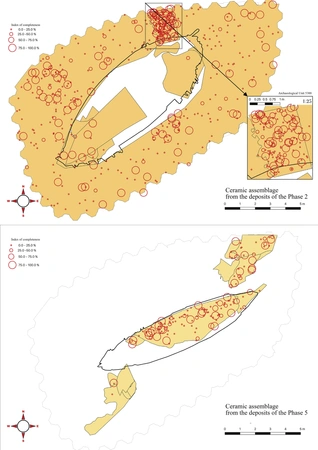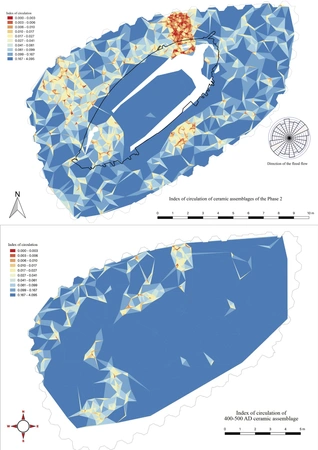Tescione T. 2024, Analytical approaches and digital methods in alluvial archaeology: the ‘Ancient Shipyard’ of Pisa-San Rossore as a case study, «Archeologia e Calcolatori», 35.1, 305-328 (https://doi.org/10.19282/ac.35.1.2024.20)
Copy to clipboard Download: BibTeXAnalytical approaches and digital methods in alluvial archaeology: the ‘Ancient Shipyard’ of Pisa-San Rossore as a case study
«Archeologia e Calcolatori» 2024, 35.1, 305-328; doi: 10.19282/ac.35.1.2024.20
Abstract
This paper aims to present analytical approaches and digital methods for the analysis of ceramic assemblages resulting from catastrophic alluvial flood flows. The study has been developed based on the principles of ‘alluvial archaeology’, a recently-developed field of archaeology. In this research program, ceramic records have been treated on a par with clasts in the geomorphological analyses of alluvial sediments. To test the different analytical procedures the ‘Ancient Shipyard’ of Pisa-San Rossore has been selected as a case study. This archaeological site represents a river channel, affected by several alluvial flood events. The analysis achieved several objectives, including the definition of the formation processes of the deposition (in synergy with the results of geomorphological data), the chronological framework of alluvial floods, the dynamics of flows, and locating the original deposition of the ceramic assemblage. In this regard, the combination of different approaches has proven particularly useful, ranging from computational analyses for chrono-typological determination of ceramic assemblages to intra-site spatial analyses, which have been useful in defining alluvial flood flows and the subsequent movement of ceramic assemblages.
Figures
Preview
Subjects:
GIS and cartography Classification of archaeological finds
Download (PDF)Publishers:
CNR - Istituto di Scienze del Patrimonio Culturale
Edizioni All'Insegna del Giglio
This website uses only technical cookies strictly necessary for its proper functioning. It doesn't perform any profiling and doesn't use third party cookies of any kind.
Read our privacy policy for additional information.
By clicking 'OK' or closing this banner you acknowledge having read this information and accept the website's contents.



